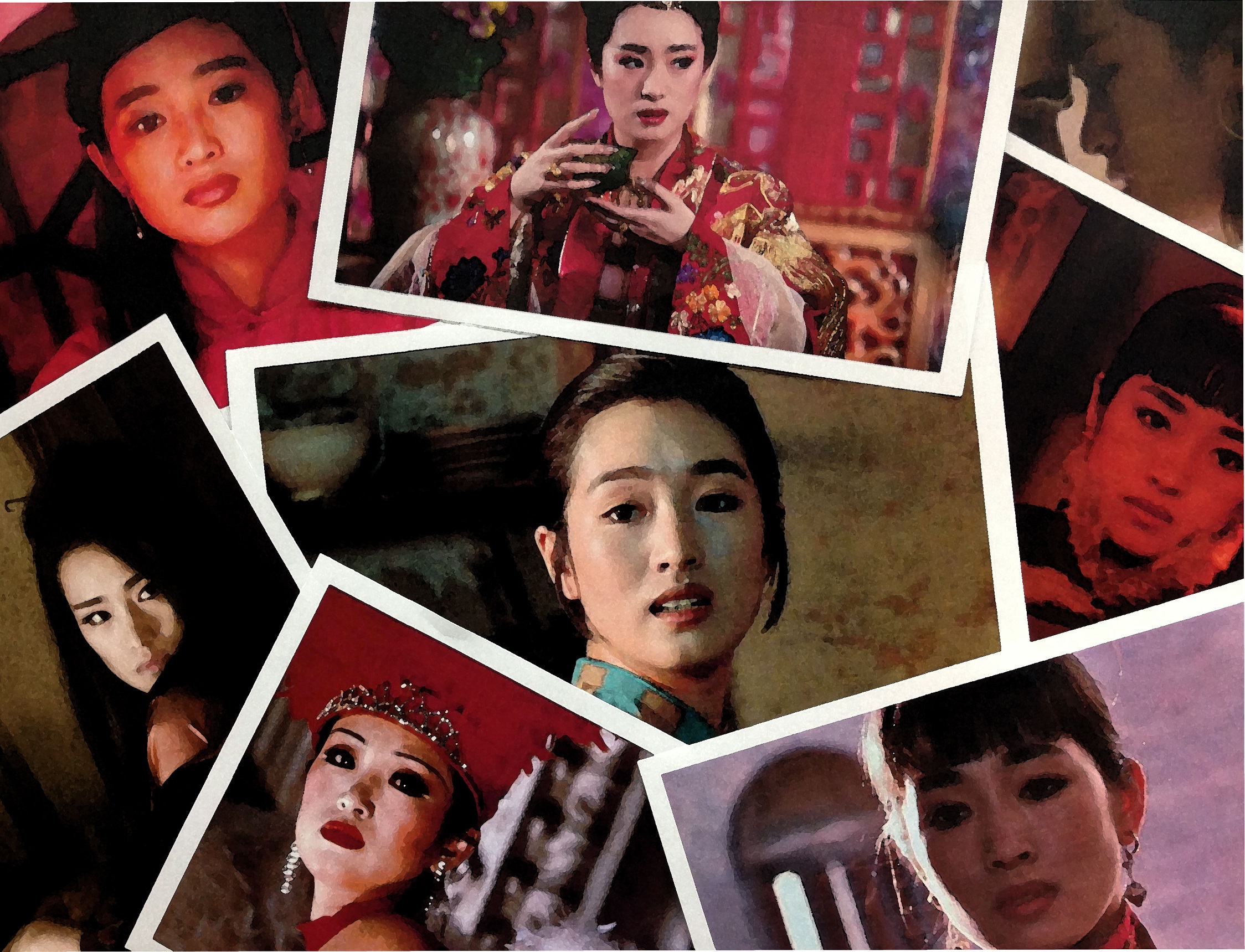
From national allegory to global commodity: The cinematic images of Gong Li
In Philipp Gates and Lisa Funnell (Eds.), Transnational Asian Identities in Pan-Pacific Cinemas: The Reel Exchange (pp.147-160). New York: Routledge, 2012.
One of the prevalent images of the New Chinese Cinema manifests itself in a woman. Bold and beautiful, strong and sensual, she is trapped in an oppressive world from which she determinedly struggles, oftentimes in vain, to escape. Emblematic of this popular figure is Gong Li. In Zhang Yimou’s landmark “Red” Trilogy–Red Sorghum (1987), Ju Dou (1989), and Raise the Red Lantern (1991)–the “magnetism” of Gong, for many critics like Bérénice Reynaud, signifies “Chineseness, femininity, and mystery outside her own culture.” Gong continues to enthrall under other renowned directors–both Chinese and American–such as Chen Kaige, Wong Kar-wai, and Rob Marshall. Film stars epitomize, as Richard Dyer suggests, “constant feature of human existence,” and such “features never exist outside a culturally and historically specific context.” From national allegory to global commodity, Gong is a bonafide Chinese start precisely because her onscreen image embodies certain important features–be they real of imagined–of Chinese existence. As Shu-mei Shih explains, postmodern cultural identities have increasingly turned to visuality for construction and representation. Exemplary of this trend, Gong’s cinematic images have become a critical site to look at how China and Chineseness, and to a great degree, Asia as a whole, are depicted, translated, and transformed on the global stage.
To read more about this article, please visit here.